Labor & Economy
Fixing Our Infrastructure — and Rebuilding the Middle Class
Across the country, chronic underinvestment has left roads, bridges, water systems and other critical infrastructure in need of replacement or costly repair. Public financing is the least expensive way to meet these needs. But to fund the gap, some states and cities are turning to contracting arrangements called “public-private partnerships,” or “P3s” for short, which use private capital to finance public projects.
If done right, infrastructure projects—however they’re financed—can tackle inequality by boosting economic growth and providing quality jobs for disadvantaged communities. But since capital in P3s is more expensive than in public financing, and the public loses control over many aspects of P3-financed infrastructure, we should demand even more public benefit in return.
Thursday, along with the Partnership for Working Families (PWF), we released a report to help make sure P3s provide much-needed pathways to the middle class. The report, Building America While Building Our Middle Class, outlines best practices for policymakers considering infrastructure projects—whether publicly or privately financed—to make real economic and social impacts in their communities.
If they include job quality and equity policies, P3 infrastructure projects can be vehicles for creating career opportunities for low-income families, women, people of color and those with a criminal record. The report describes successful publicly funded projects that have done just that, including the largest project in Seattle’s public works history.
We’ve got a lot of work to do. Last week the credit rating agency Fitch estimated that replacing the country’s lead pipes—the sort that are contaminating water in Flint, Michigan—will cost as much as $50 billion. And that’s only a fraction of the $3.6 trillion the American Society of Civil Engineers (ASCE) has estimated it would cost to make all our roads, bridges, water systems and other critical infrastructure safe by 2020.
As we close this gap and rebuild America, we can also rebuild the middle class. But that means we can’t lose sight of maximizing both economic and social benefits for our communities.
Here’s a summary of the report.
(Photo by David Brodbeck)

-

 Latest NewsNovember 19, 2025
Latest NewsNovember 19, 2025How Employers and Labor Groups Are Trying to Protect Workers From ICE
-
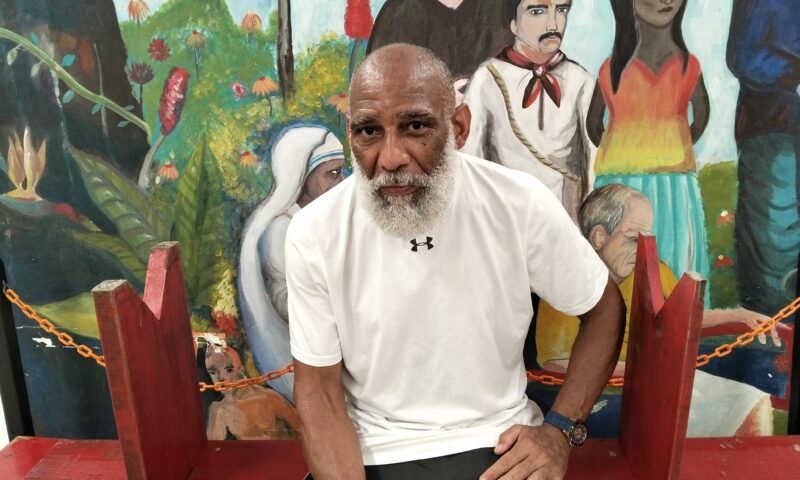
 StrandedNovember 25, 2025
StrandedNovember 25, 2025‘I’m Lost in This Country’: Non-Mexicans Living Undocumented After Deportation to Mexico
-
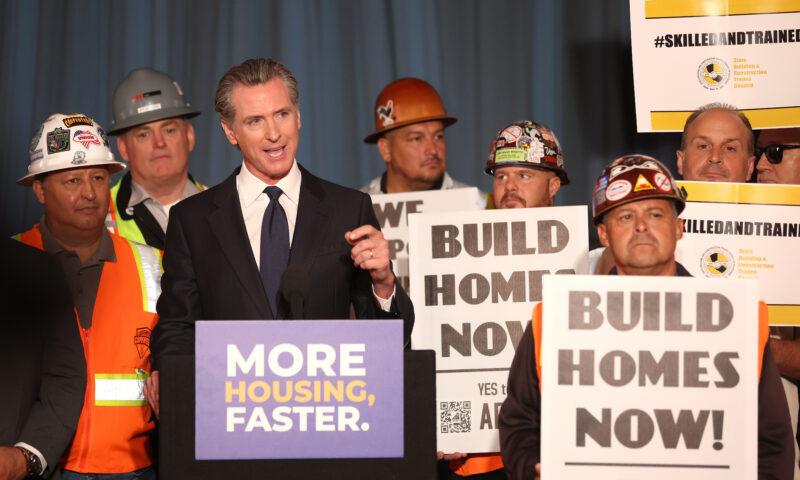
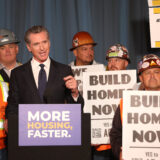 Column - State of InequalityNovember 21, 2025
Column - State of InequalityNovember 21, 2025Seven Years Into Gov. Newsom’s Tenure, California’s Housing Crisis Remains Unsolved
-
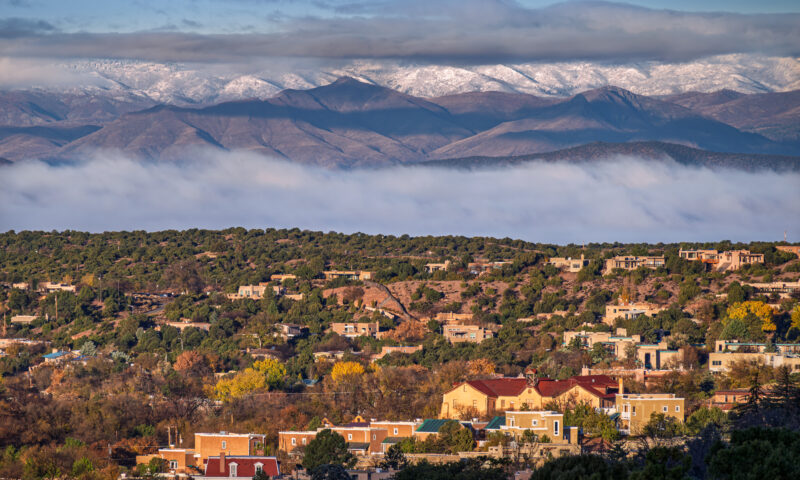
 Column - State of InequalityNovember 28, 2025
Column - State of InequalityNovember 28, 2025Santa Fe’s Plan for a Real Minimum Wage Offers Lessons for Costly California
-

 The SlickNovember 24, 2025
The SlickNovember 24, 2025California Endures Whipsaw Climate Extremes as Federal Support Withers
-

 Striking BackDecember 4, 2025
Striking BackDecember 4, 2025Home Care Workers Are Losing Minimum Wage Protections — and Fighting Back
-
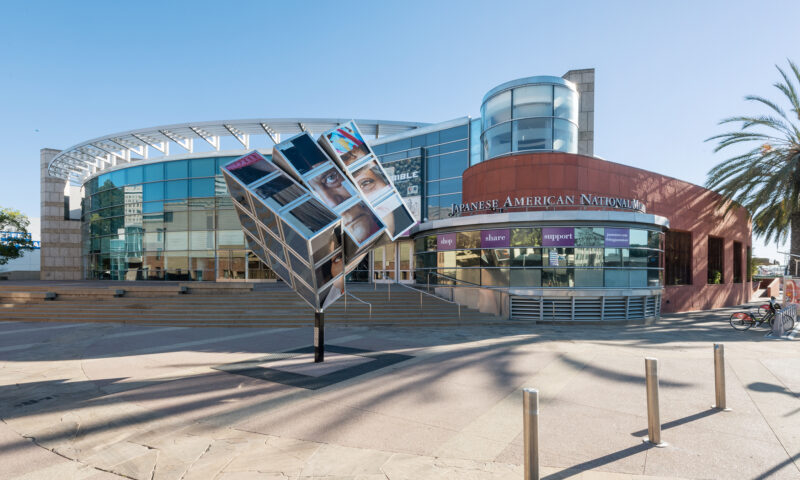
 Latest NewsDecember 8, 2025
Latest NewsDecember 8, 2025This L.A. Museum Is Standing Up to Trump’s Whitewashing, Vowing to ‘Scrub Nothing’
-

 Latest NewsNovember 26, 2025
Latest NewsNovember 26, 2025Is the Solution to Hunger All Around Us in Fertile California?

